Foxglove Seed Harvesting – How To Save Foxglove Seeds For Next Season
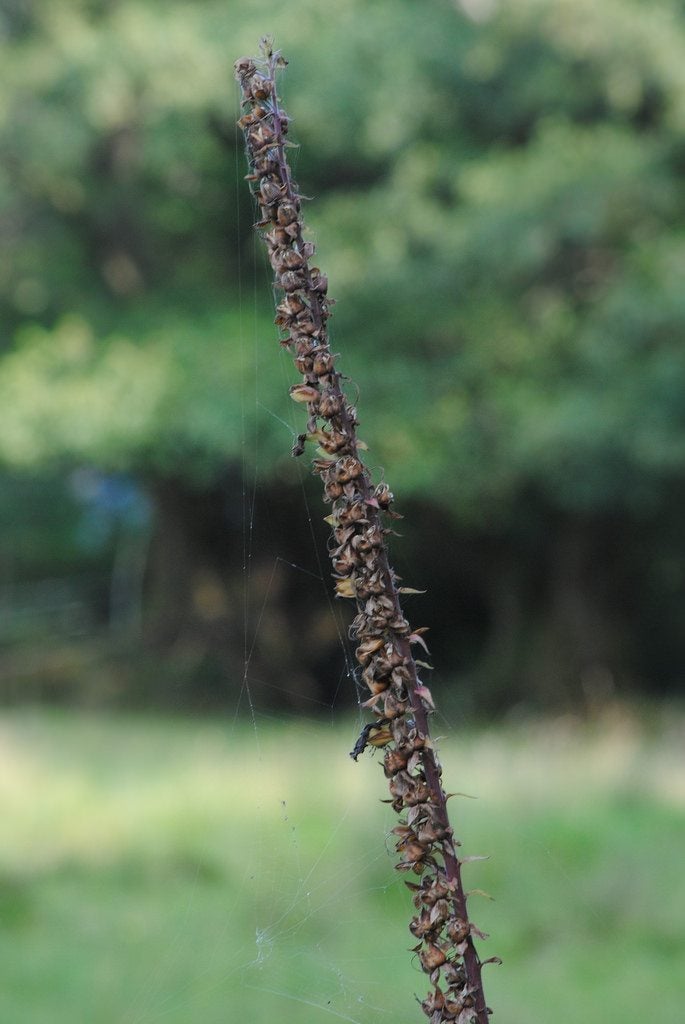

Foxglove (Digitalis purpurea) self-sows easily in the garden, but you can also save seeds from mature plants. Collecting foxglove seeds is a great way to propagate new plants for planting in other areas or for sharing with gardening family and friends. Read on for a few easy tips on saving foxglove seeds.
How to Save Foxglove Seeds
Foxglove seeds form in pods at the base of wilted blooms when flowering ends in midsummer. The pods, which turn dry and brown and look a little like turtles’ beaks, ripen at the bottom of stems first. Foxglove seed harvesting should begin when the pods begin to crack. Always collect seeds on a dry day after morning dew has evaporated. Don’t wait too long because the pods will soon turn down and the tiny seeds will fall onto the ground. If you’re concerned about missing the opportunity for harvesting at the optimum time, you can cover the ripening blooms with cheesecloth secured to the stem with a paperclip. The cheesecloth will hold any seeds that drop from the pod. When you’re ready to harvest the flower seeds, just cut the stems from the plant with scissors. Then, you can easily remove the cheesecloth and empty the seeds into a bowl. Pick out the stems and other plant debris or sift the seeds through a kitchen strainer. Alternatively, if you need to harvest the pods before they’re completely dry, drop them into a pie pan and set them aside in a dry location. Once the pods are completely dry and brittle, shake out the seeds. At that point, it’s best to plant the seeds as soon as possible. However, if you want to save the seeds for planting later, put them in an envelope and store them in a dry, well-ventilated room until planting time.
Gardening tips, videos, info and more delivered right to your inbox!
Sign up for the Gardening Know How newsletter today and receive a free copy of our e-book "How to Grow Delicious Tomatoes".

A Credentialed Garden Writer, Mary H. Dyer was with Gardening Know How in the very beginning, publishing articles as early as 2007.
-
 How To Make A Bouquet Garni Or Herb Bundle For Cooking
How To Make A Bouquet Garni Or Herb Bundle For CookingIf you’re a great cook, you may have made an herb bundle before. If this is a new idea, learn how to add sparkle and interest to your dish with a bouquet garni.
By Amy Grant
-
 ‘Coral Charm’ Peony Care For Sublime Semi-Double Peonies With Lush Salmon Pink Flowers
‘Coral Charm’ Peony Care For Sublime Semi-Double Peonies With Lush Salmon Pink FlowersPeonies are known for their soft baby pink or magenta tones, but if plushy coral blooms are your thing, here’s our guide to the ultimate ‘Coral Charm’ peony care
By Tonya Barnett
-
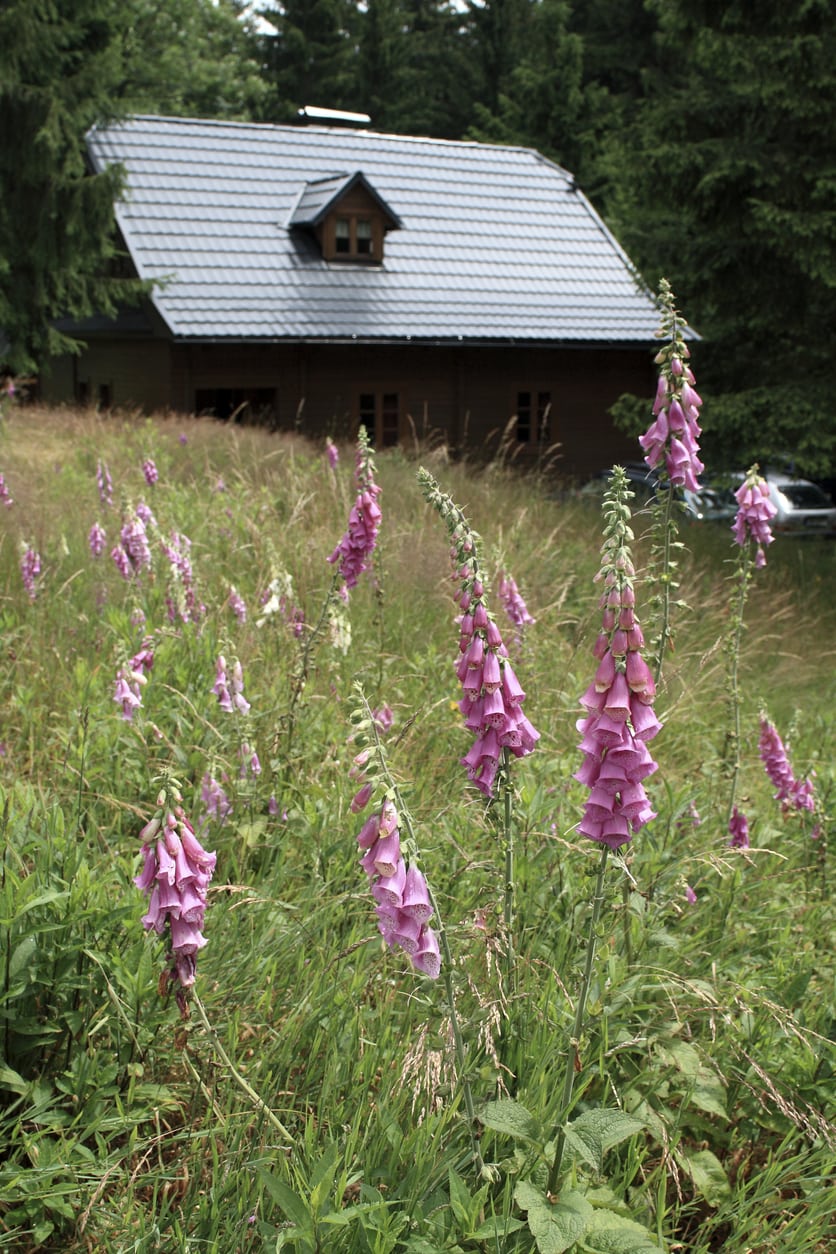 Supporting Foxglove Plants – Tips For Staking Foxgloves That Get Too Tall
Supporting Foxglove Plants – Tips For Staking Foxgloves That Get Too TallDue to the wide variation in available cultivars, many growers may be left wondering about foxglove flower support. Although dwarf varieties of foxglove are very common, others may reach heights as tall as 6 feet (2 m.). Learn more about foxglove plant support here.
By Tonya Barnett
-
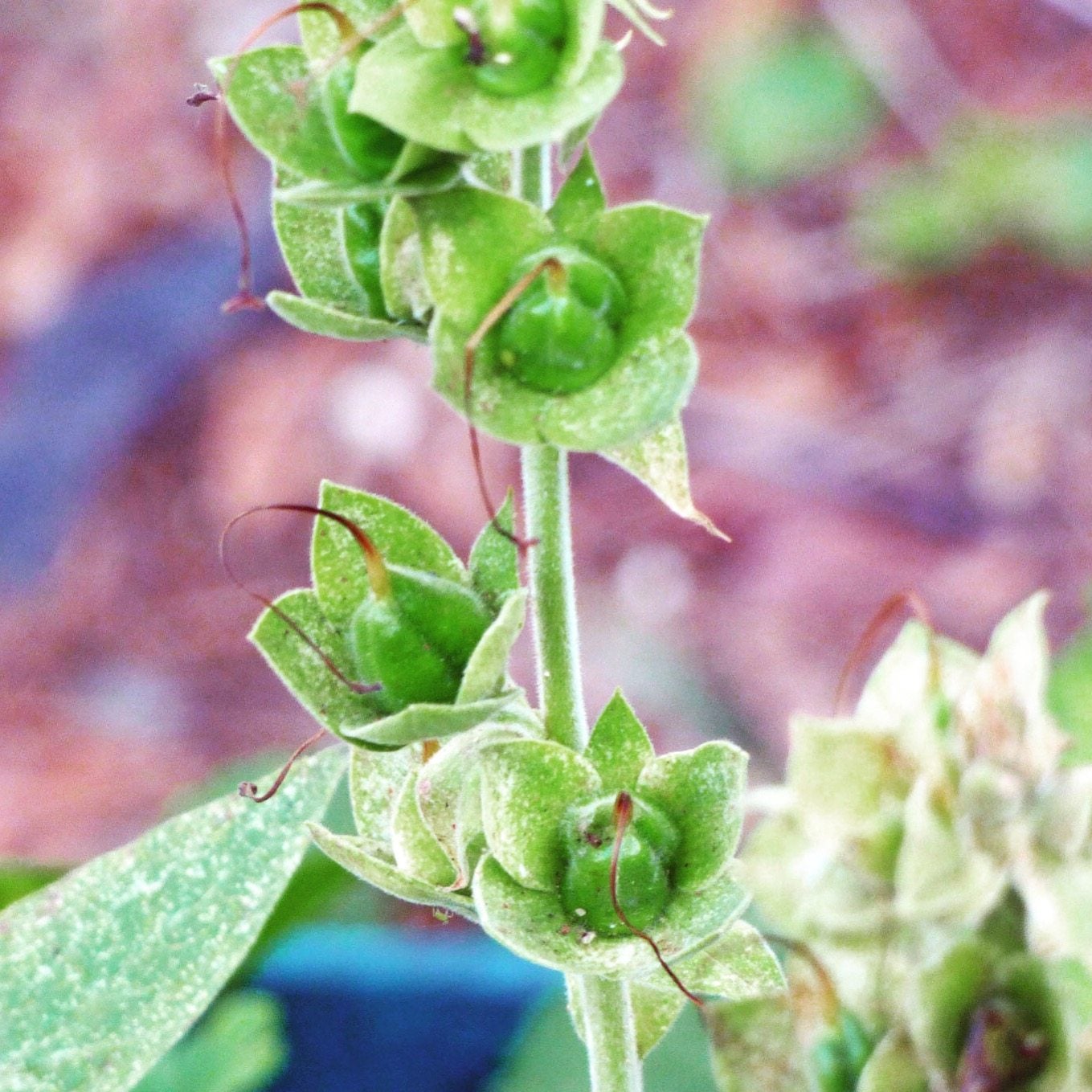 Foxglove Winter Care: Learn About Foxglove Plant Care In Winter
Foxglove Winter Care: Learn About Foxglove Plant Care In WinterBecause of their short life span, foxgloves are planted in succession, so that each season a set of foxglove blooms. However, not preparing them properly for winter can throw this succession planting off. Learn about winterizing foxglove plants in this article.
By Darcy Larum
-
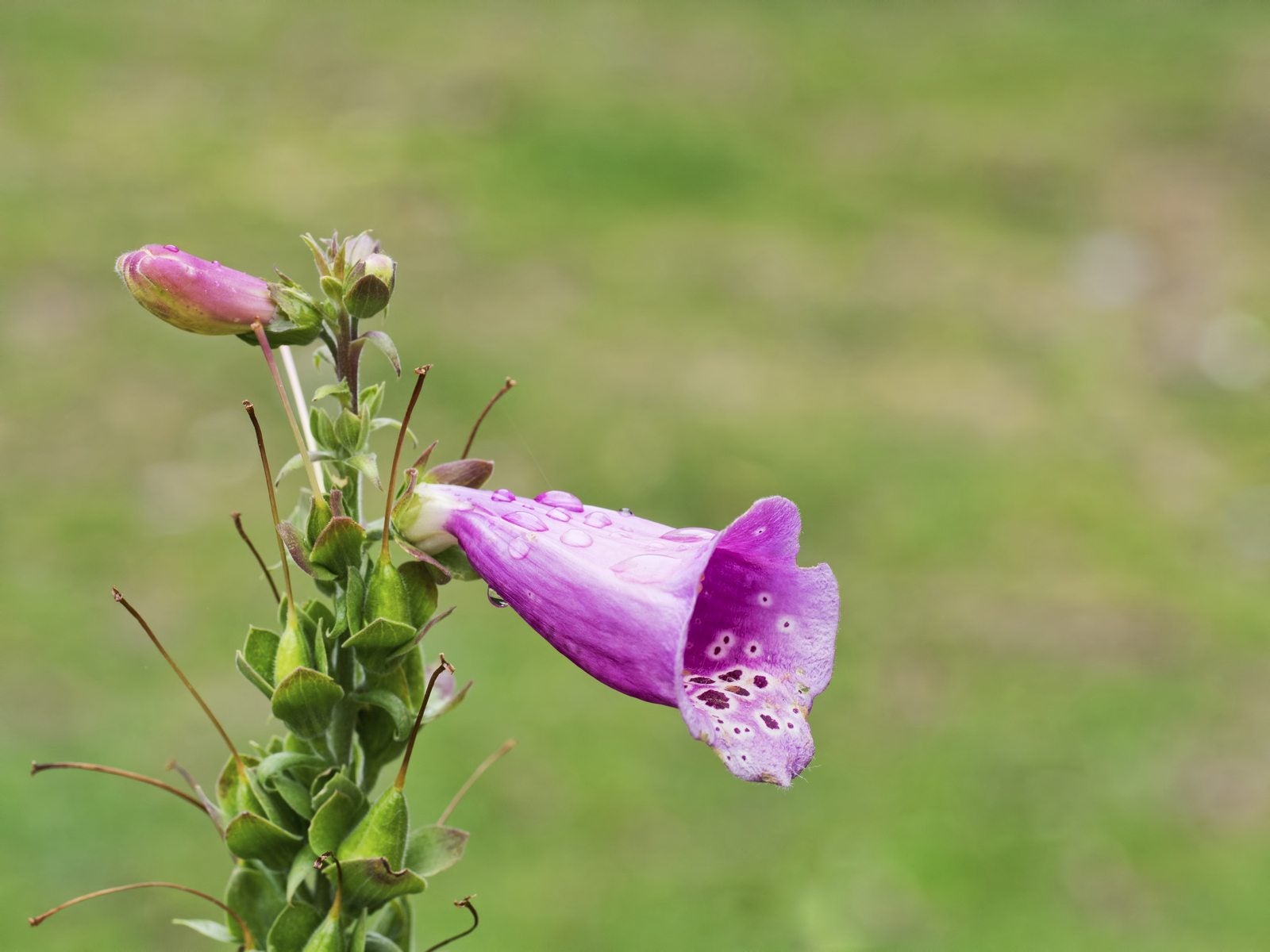 Removing Spent Foxglove Flowers – How Do I Deadhead Foxglove Plants
Removing Spent Foxglove Flowers – How Do I Deadhead Foxglove PlantsShould you deadhead foxglove? Unless you want foxglove in every corner of your garden, it is wise to deadhead these lovely blooms. Deadheading foxglove plants can minimize their spread, but it has added benefits as well. Click here for more details.
By Bonnie L. Grant
-
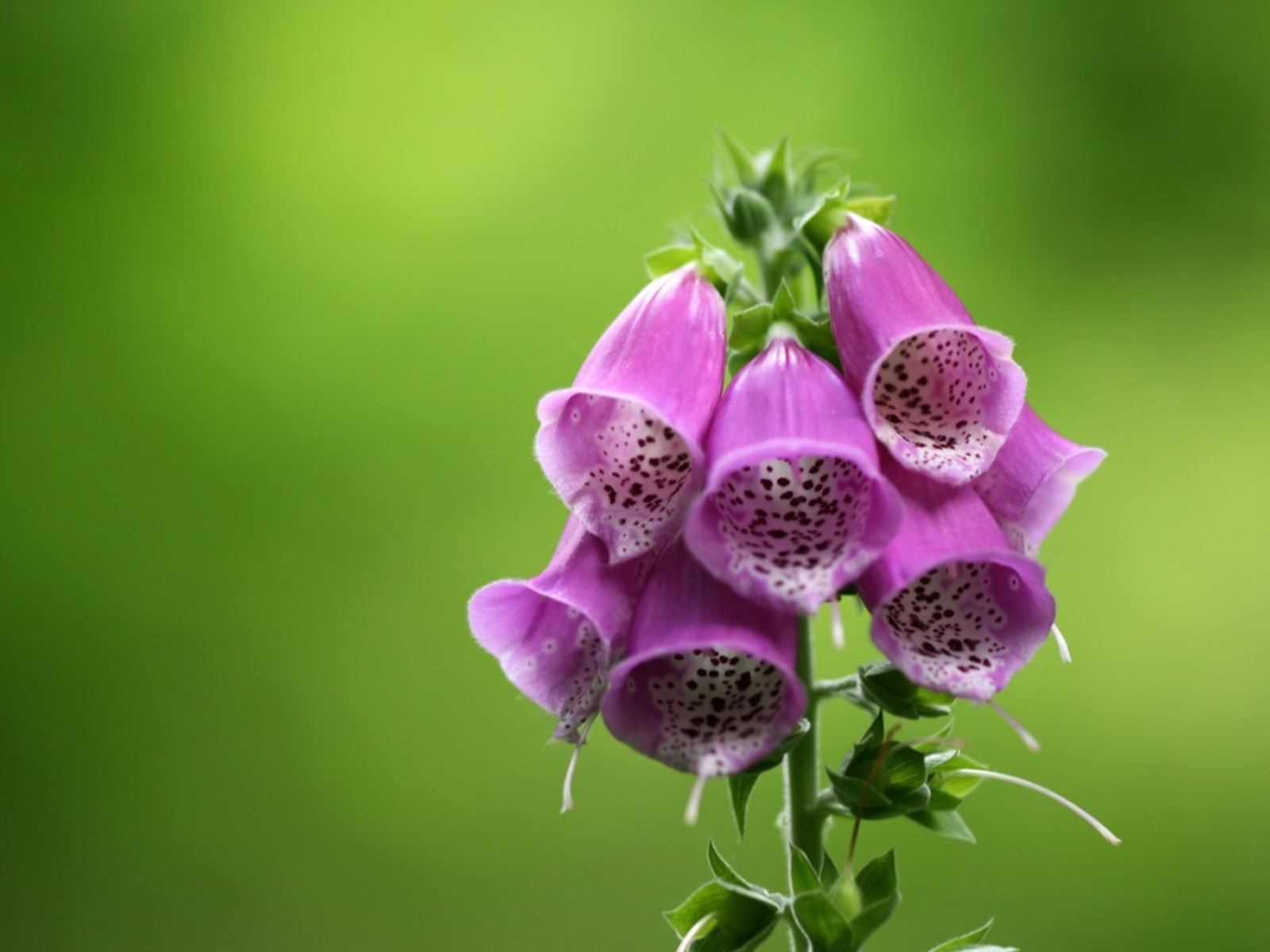 Potted Foxglove Care – Tips On Growing Foxglove In Containers
Potted Foxglove Care – Tips On Growing Foxglove In ContainersFoxgloves are big, beautiful, flowering plants that tolerate shade well. They also do very well in containers, making them perfect for adding volume and color to a shady porch or patio. Learn more about how to grow foxglove in a pot in this article.
By Liz Baessler
-
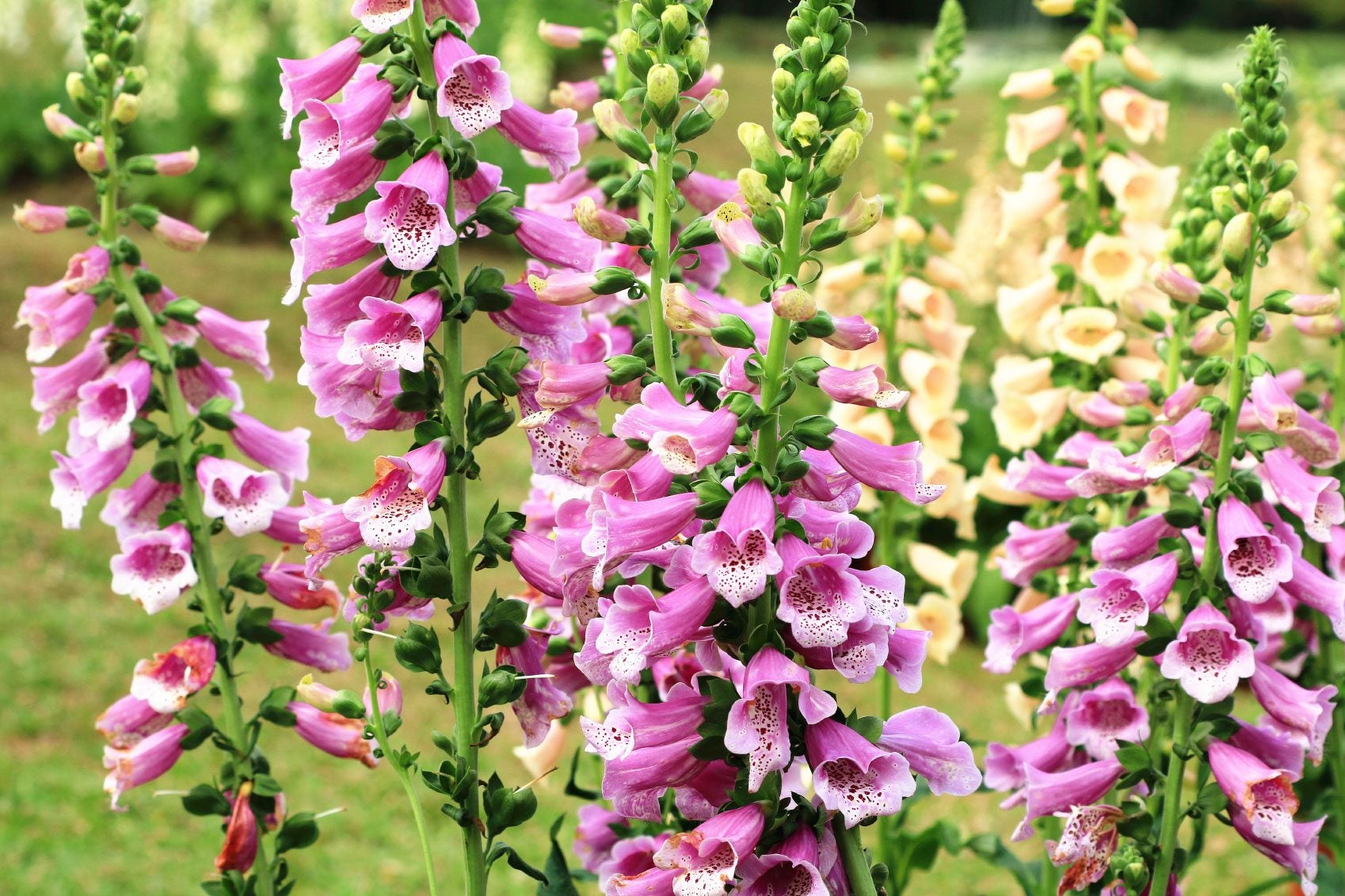 Foxglove Care Guide: How To Grow Foxglove Flowers
Foxglove Care Guide: How To Grow Foxglove FlowersThe foxglove flower, while toxic, is a beautiful stately ornamental addition to any garden and an easy-growing self-seeding plant. Just don’t ingest it or grow it where children or pets might play.
By Becca Badgett